Join on WhatsApp
Get the latest updates directly on WhatsApp – motivation, news & more!
Growing fragrant flowers that bloom throughout the season is a rewarding way to add beauty and delightful scents to your home or garden. Whether you have a large outdoor space or just a small balcony, selecting the right plants and caring for them properly can fill your environment with wonderful aromas and colorful blooms. This guide will walk you through the best practices to successfully cultivate fragrant flowers that continue to bloom over extended periods.
Choosing the Right Fragrant Flowers
The first step to having a garden full of scent and color is to choose flowers known for their fragrance and long blooming season. Some classic options include gardenias, lavender, jasmine, roses, and honeysuckle. Each of these flowers offers a unique scent profile and can thrive with the right care.
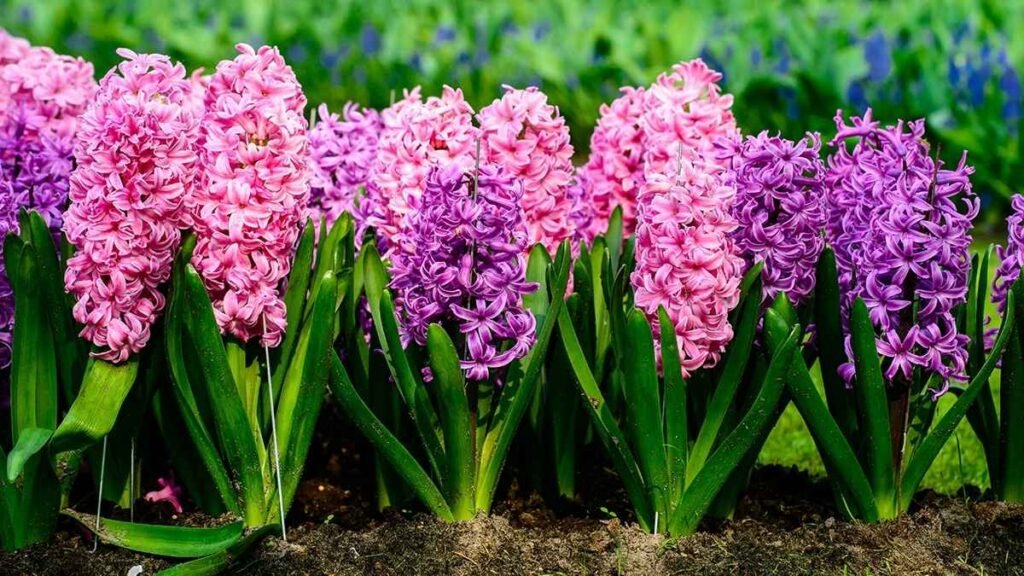
Gardenias produce creamy white blooms with a strong, sweet fragrance and tend to bloom from late spring through summer. Lavender not only smells calming and fresh but also blooms repeatedly throughout the growing season, attracting pollinators like bees and butterflies. Jasmine offers an intoxicating aroma, especially in the evening, and certain varieties bloom all season if given enough sunlight and care.
Roses are a timeless choice, and many cultivars are bred for both fragrance and continuous flowering. Look for varieties labeled “repeat bloomers” or “everblooming” to ensure flowers throughout the warmer months. Honeysuckle vines are hardy, fragrant, and can cover trellises or fences, providing a natural wall of scent and color from spring to fall.
Preparing Your Garden or Growing Space
Successful fragrant flower cultivation depends largely on preparing the growing environment. Most fragrant flowers prefer well-draining soil enriched with organic matter. If you are planting in the garden, amend your soil with compost or well-rotted manure to improve fertility and drainage.
For container gardening, choose high-quality potting soil that retains moisture but allows excess water to drain away. Proper drainage is essential to avoid root rot, which can quickly kill fragrant plants.
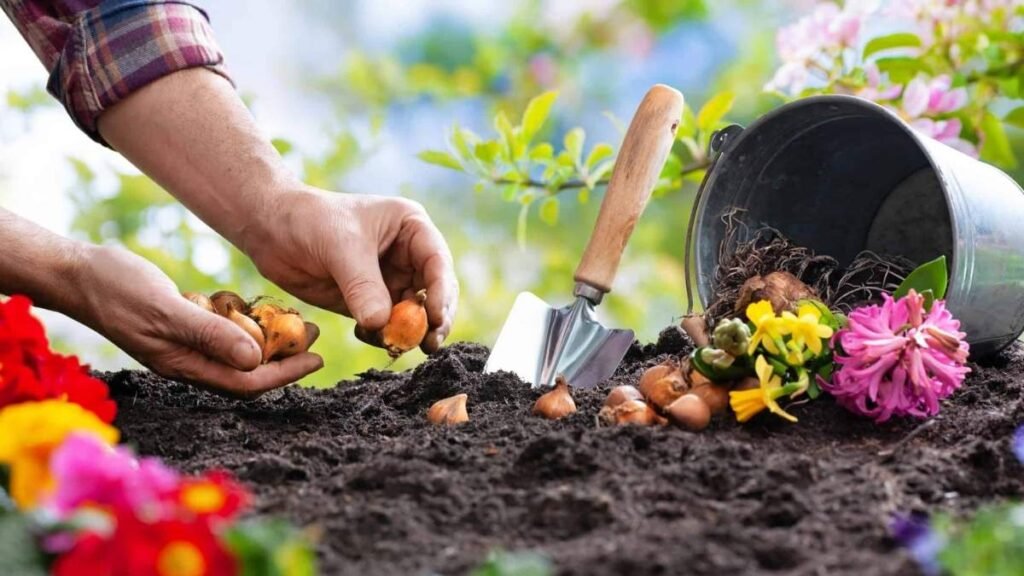
Consider the amount of sunlight your space receives. Most fragrant flowers need at least six hours of direct sunlight each day to produce abundant blooms. Some, like gardenias, prefer partial shade in very hot climates, so knowing your plants’ light preferences will help you position them optimally.
Planting and Spacing
When planting fragrant flowers, give each plant enough space to grow and spread. Crowded plants tend to have poor air circulation, which can encourage disease and reduce flowering. Follow the spacing guidelines on seed packets or plant tags for best results.
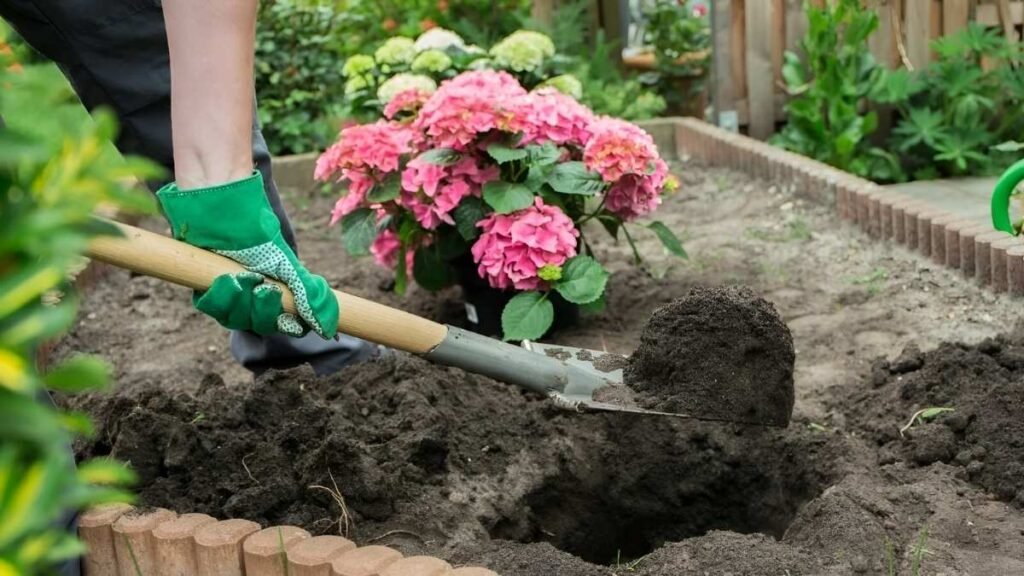
Planting at the correct depth is equally important. For most flowers, the root ball should be planted level with the soil surface. Water plants thoroughly after planting to help them settle and establish.
If you’re growing vines like jasmine or honeysuckle, provide sturdy supports such as trellises or fences early on. Training these plants to climb encourages healthier growth and more blooms.
Watering and Fertilizing for Continuous Blooms
Consistent watering is key to keeping fragrant flowers healthy and blooming all season. While watering needs vary by species and climate, a general rule is to keep the soil evenly moist but not soggy. Early morning watering helps reduce evaporation and allows foliage to dry during the day, minimizing fungal problems.
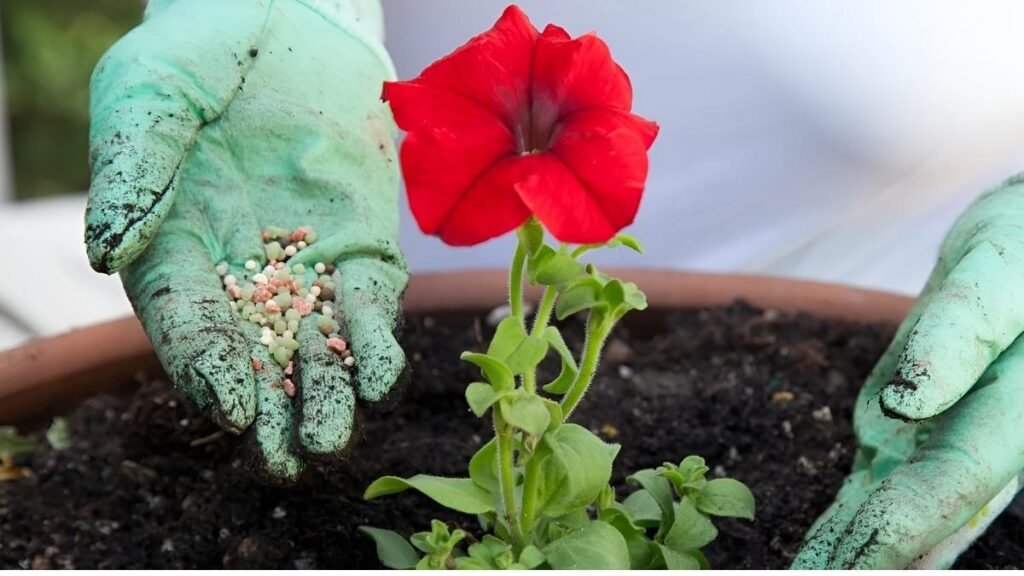
Fertilizing regularly with a balanced fertilizer encourages steady growth and repeated flowering. Slow-release fertilizers or liquid feeds applied every few weeks during the growing season provide essential nutrients. Avoid excessive nitrogen, which promotes leafy growth at the expense of flowers.
Organic options like fish emulsion, compost tea, or seaweed extracts also work well to nourish plants gently and improve soil health.
Pruning and Deadheading to Encourage More Flowers
Pruning plays a crucial role in maintaining fragrant flowers and prolonging their blooming period. Removing spent flowers, known as deadheading, directs the plant’s energy toward producing new buds rather than seed development. This simple step often results in more blossoms over time.
For shrubs and vines, light pruning after the main flowering period encourages fresh growth and subsequent blooms. Avoid heavy pruning during active blooming, as it may remove flower buds.
If you notice any dead, damaged, or diseased stems, prune them promptly to keep plants healthy and prevent issues from spreading.
Managing Pests and Diseases Naturally
Healthy fragrant flowers attract beneficial insects and pollinators, but they can also face threats from pests like aphids, spider mites, or caterpillars. Keeping plants vigorous through proper watering, fertilizing, and pruning reduces susceptibility to infestations.
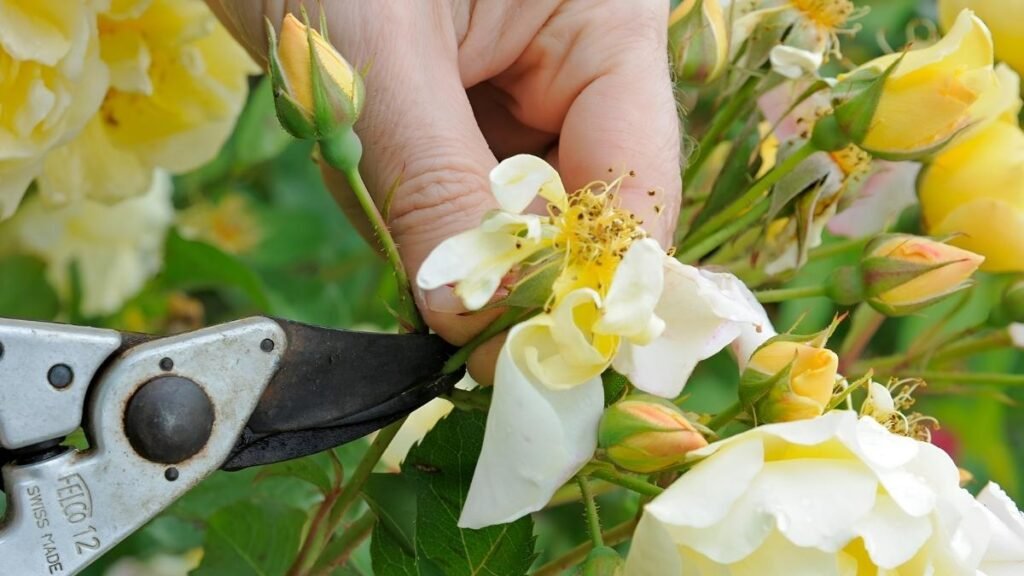
Introducing natural predators such as ladybugs or lacewings can help control pest populations without harmful chemicals. Neem oil and insecticidal soaps are effective organic treatments if pests become problematic.
Fungal diseases such as powdery mildew or black spot can affect roses and other flowers, especially in humid conditions. Good air circulation, watering at the base of plants, and removing affected leaves are essential preventive measures.
Extending the Blooming Season
To enjoy fragrant flowers for as long as possible, consider planting a mix of species that bloom at different times. Early bloomers like sweet peas and stock can start the season, followed by mid-season favorites like roses and gardenias, and late bloomers such as chrysanthemums.
Succession planting is another technique where you sow or plant new flowers every few weeks to ensure continuous blooms. For example, sowing seeds of annual fragrant flowers like nasturtiums or cosmos staggered by a few weeks will provide ongoing color and scent.
Mulching around plants helps conserve moisture and regulate soil temperature, benefiting flowering duration. As temperatures drop, some fragrant perennials can be protected with frost cloth or brought indoors if grown in pots.
Creating a Fragrant Garden Experience
Beyond growing fragrant flowers, consider how to arrange them for the best sensory impact. Plant taller varieties at the back of borders and lower-growing ones near pathways or seating areas where their scents can be easily enjoyed.
Combining flowers with complementary fragrances, such as lavender with rosemary or jasmine with gardenias, creates a layered scent experience. Incorporate herbs and foliage plants that release pleasant aromas when touched or brushed against for added interest.
Regularly spending time in your fragrant garden whether for relaxation, meditation, or entertaining guests will deepen your appreciation of the plants’ beauty and aroma.
Conclusion
Growing fragrant flowers that bloom all season is both an art and a science. By carefully selecting the right varieties, preparing your garden, and providing consistent care, you can create a lush, aromatic oasis that delights the senses from spring through fall. The joy of inhaling sweet floral scents mixed with vibrant colors makes all the effort worthwhile, transforming your space into a sanctuary of natural beauty.
If you’re new to gardening, start with a few easy-care fragrant plants and gradually expand. Remember that patience and observation are key, as plants respond to their environment uniquely. Over time, your fragrant flower garden will become a cherished highlight of your home and a source of ongoing pleasure.
Would you like tips on specific fragrant flowers suited to your region or guidance on planting schedules? I’m here to help!




